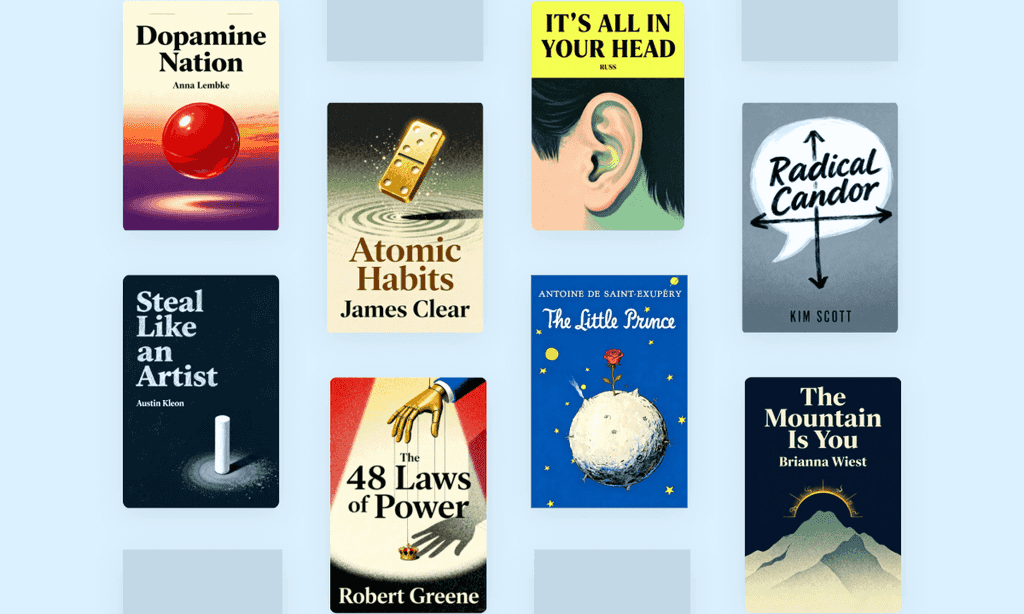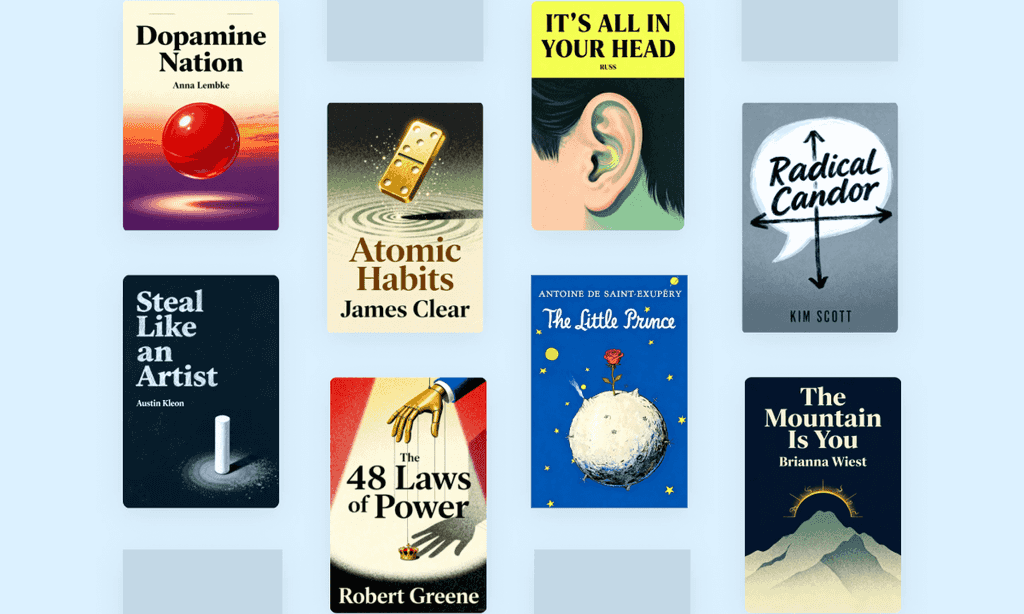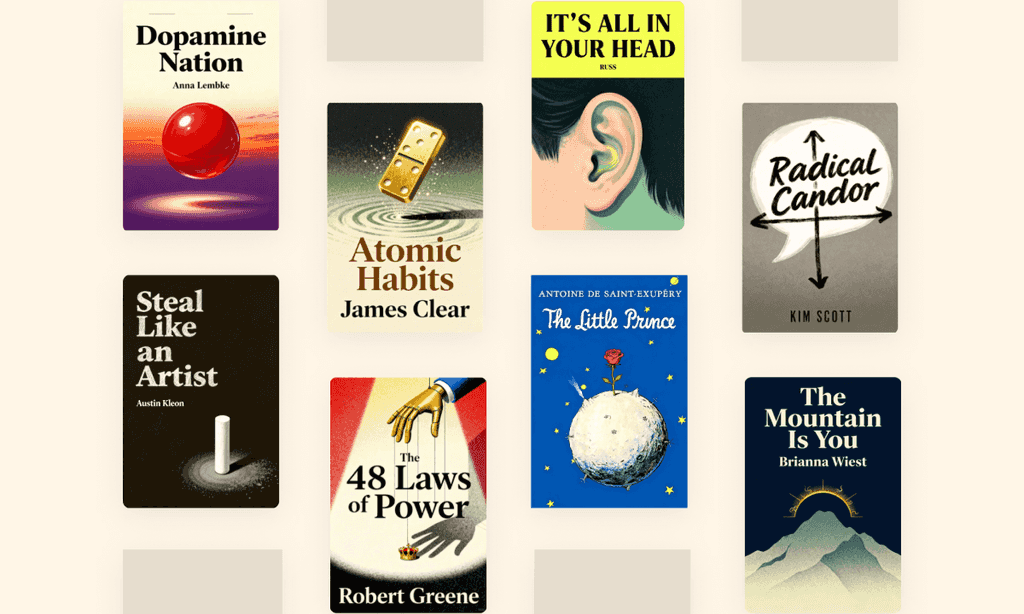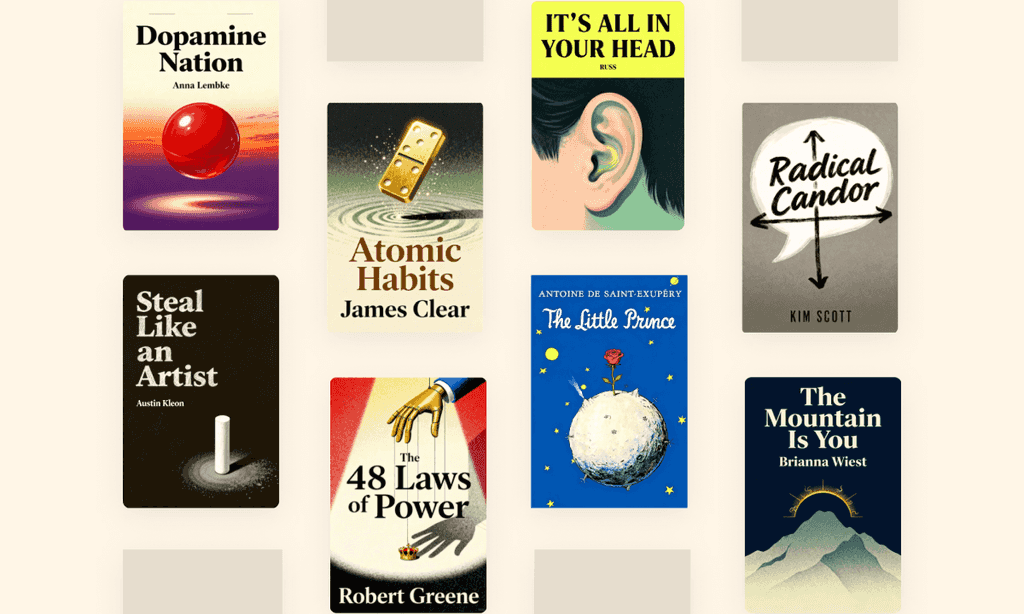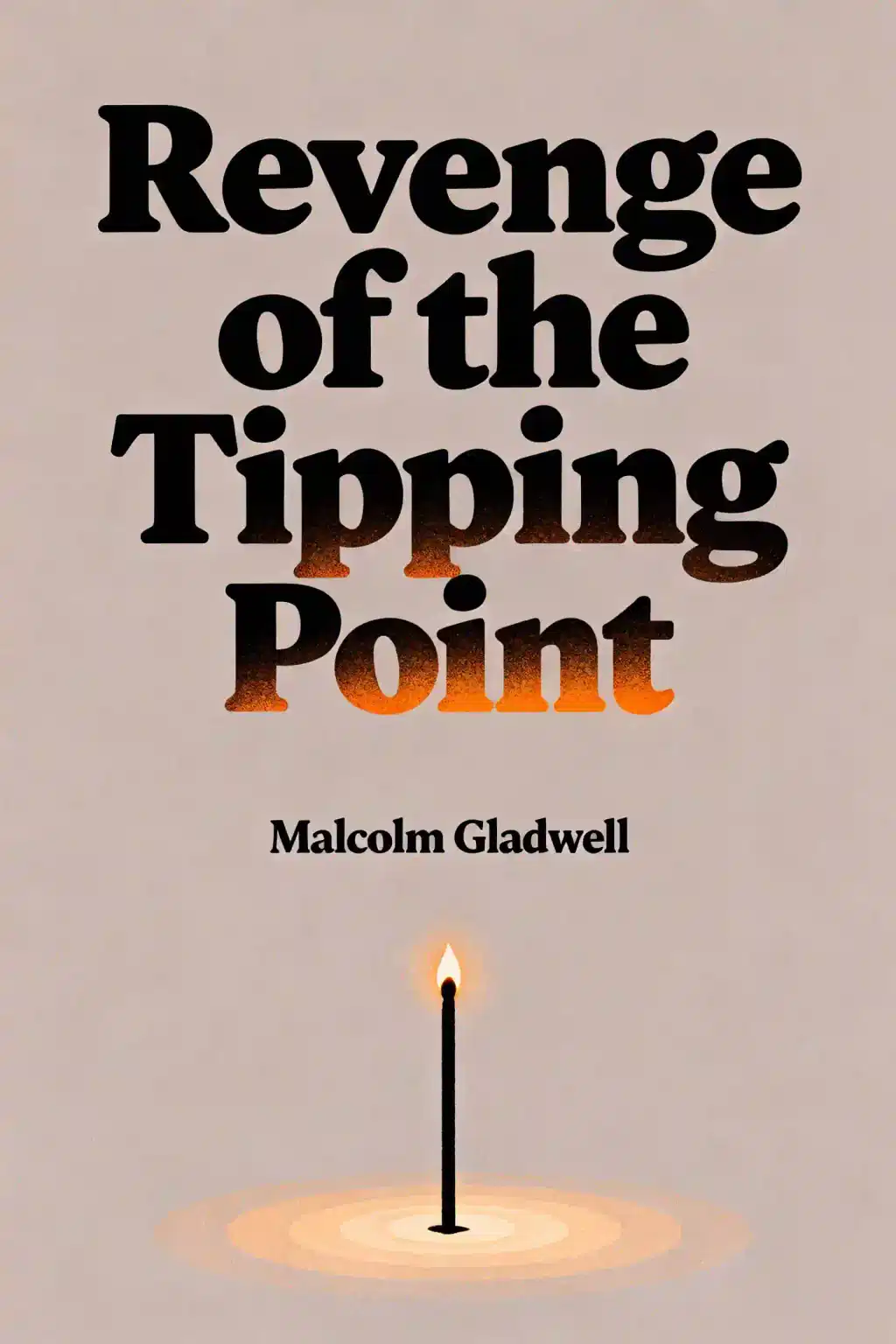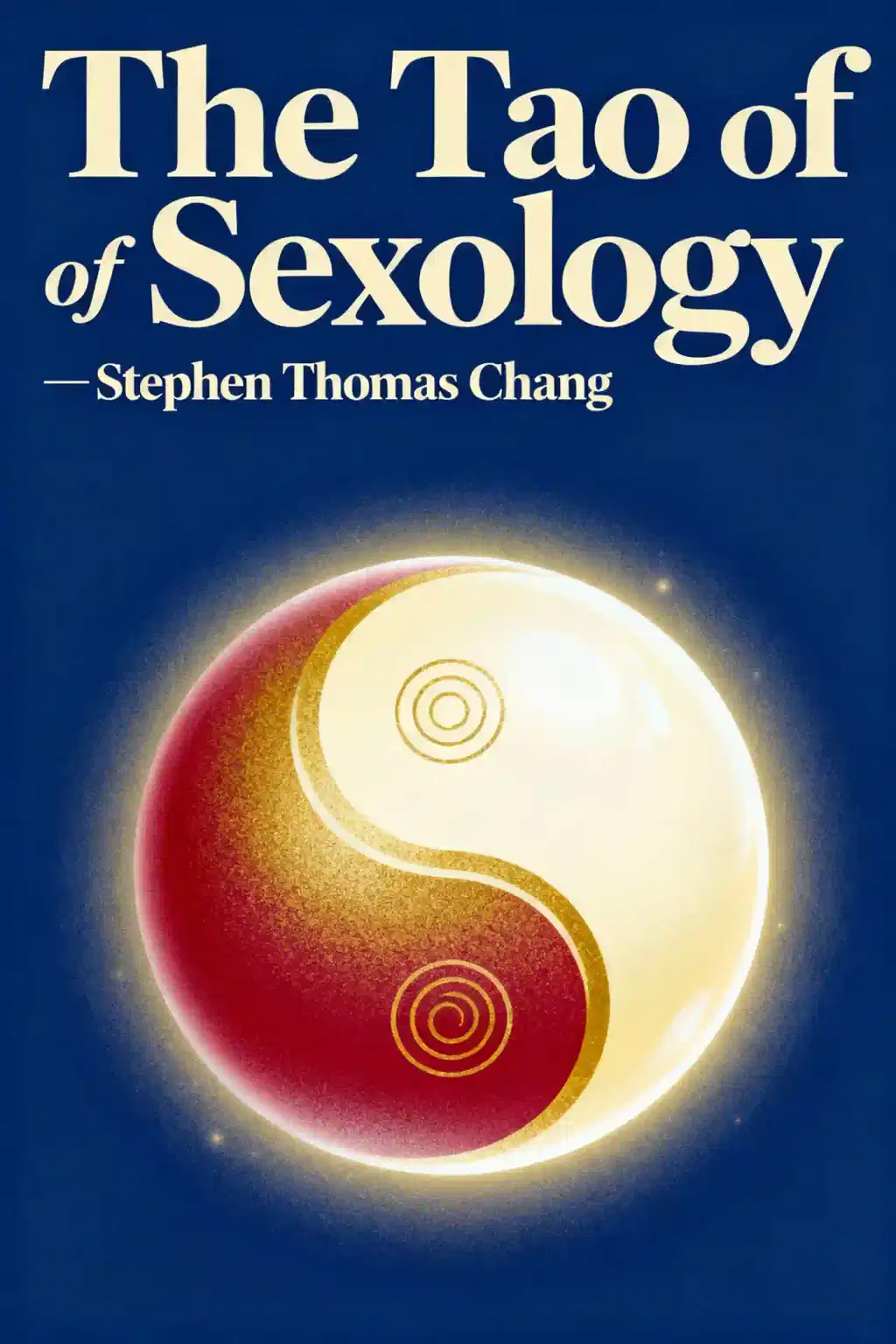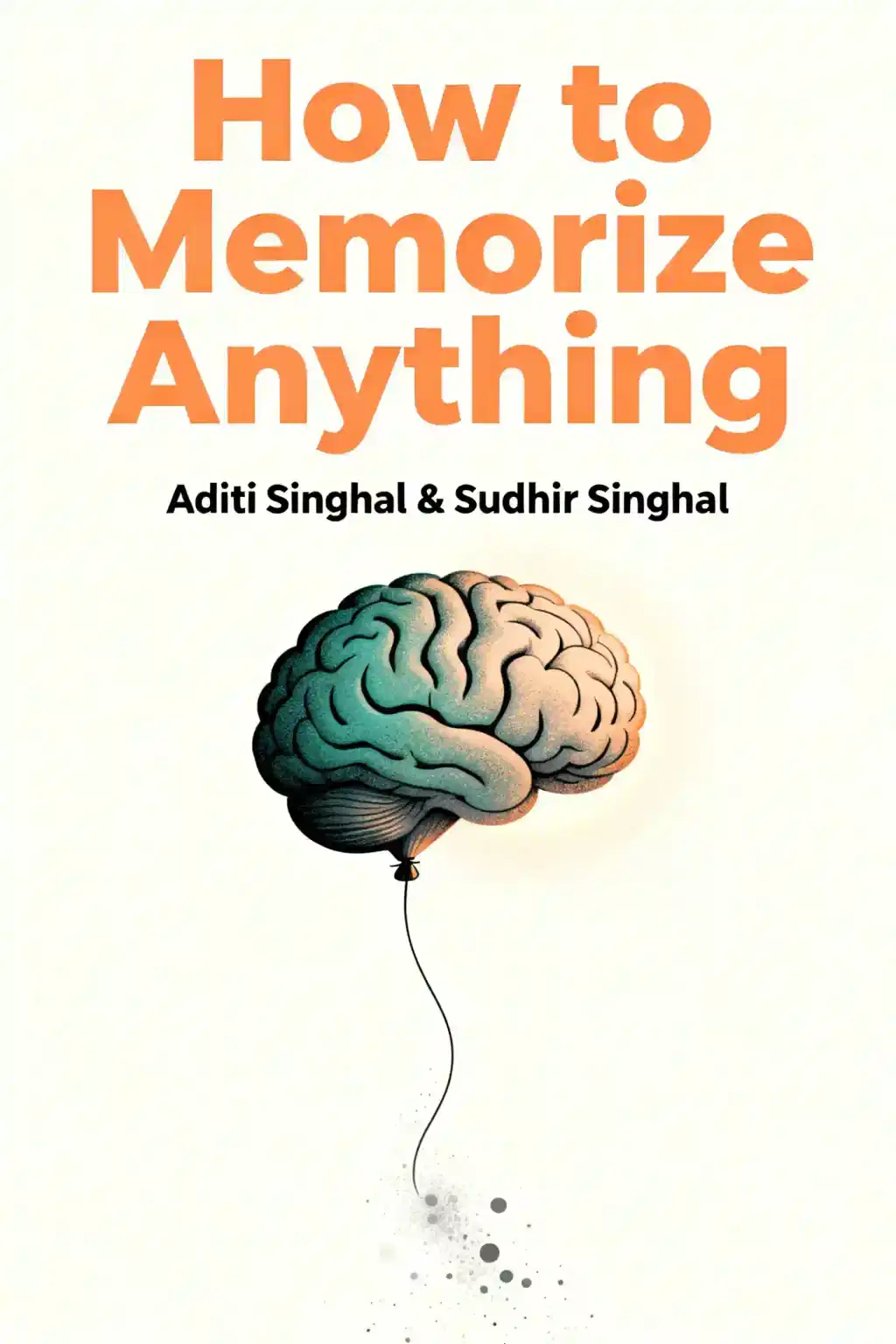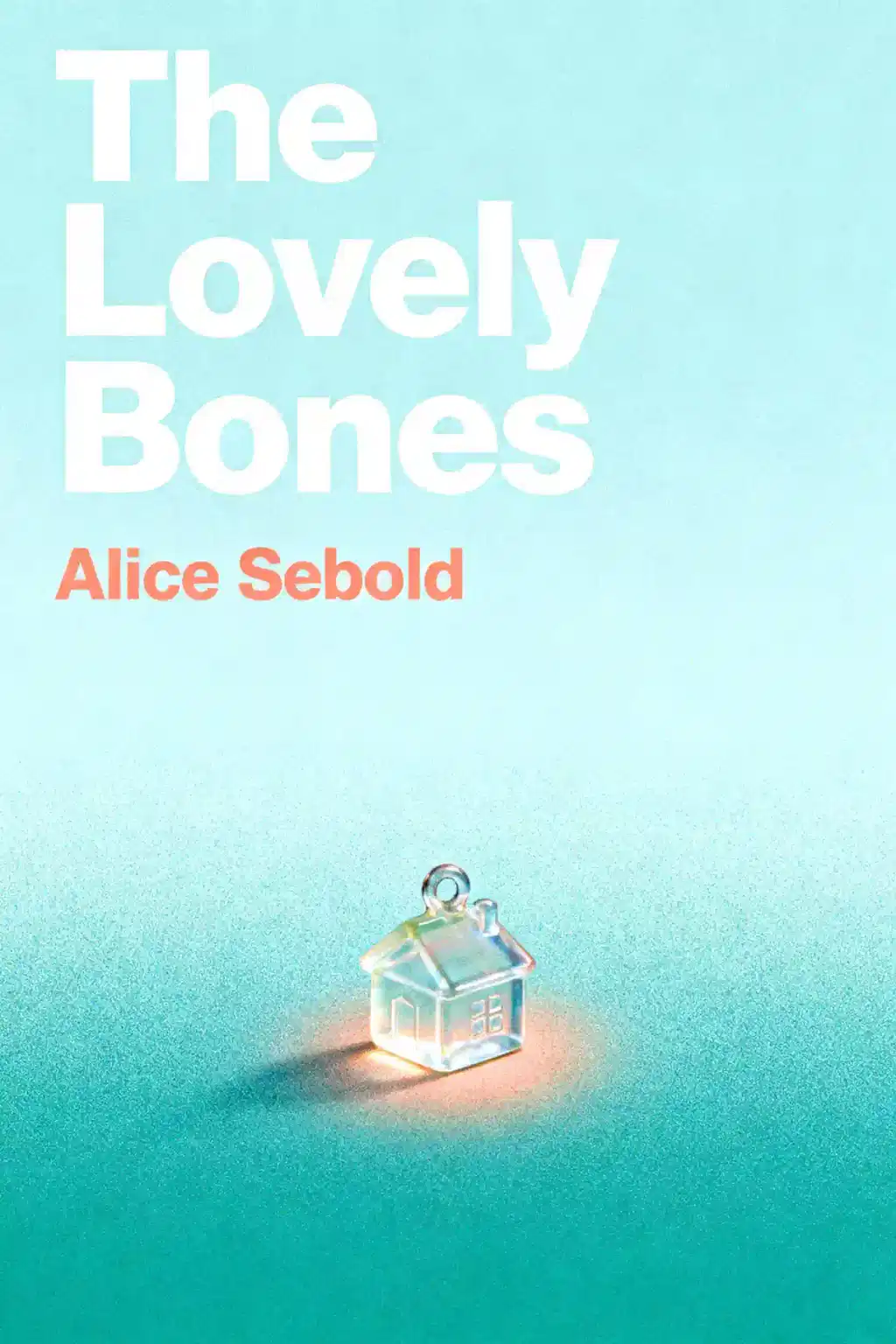
The Lovely Bones by Alice Sebold Summary
A murdered teen narrates from heaven in Alice Sebold's haunting bestseller that captivated 2.3 million readers. Endorsed by Anna Quindlen as "destined to be a classic like To Kill a Mockingbird," this post-9/11 comfort became Peter Jackson's Oscar-nominated film.
About the author
Alice Sebold is the bestselling author of The Lovely Bones, a groundbreaking literary novel that explores grief, trauma, and family resilience through the unique perspective of a teenage girl narrating from heaven. Born in 1963 in Madison, Wisconsin, Sebold earned her MFA from the University of California, Irvine, and is known for emotionally powerful fiction that examines themes of loss, violence, and healing with unflinching honesty.
Published in 2002, The Lovely Bones became an overnight sensation, selling 2.5 million copies in hardcover—a record for a debut novel. Sebold's other works include the memoir Lucky (1999) and the novel The Almost Moon (2007), and she guest-edited The Best American Short Stories 2009.
The book has sold over 10 million copies worldwide, been translated into more than 40 languages, won the Bram Stoker Award for First Novel, and was adapted into a film directed by Peter Jackson in 2009.
FAQs About This Book
The Lovely Bones by Alice Sebold is a 2002 novel about 14-year-old Susie Salmon, who is raped and murdered by her neighbor George Harvey on December 6, 1973. The story unfolds from Susie's perspective in her personal heaven as she watches her family—father Jack, sister Lindsey, brother Buckley, and mother Abigail—struggle with grief and attempt to move forward. The narrative explores themes of loss, healing, hope, and the lasting connections formed in tragedy's aftermath.
The Lovely Bones is best suited for mature readers who can handle emotionally intense and disturbing content, including graphic depictions of violence. This novel appeals to readers interested in family dynamics, grief narratives, and stories exploring the afterlife from a unique perspective. Those seeking character-driven fiction that balances darkness with hope will find value in Alice Sebold's work, though readers sensitive to detailed descriptions of sexual violence should proceed with caution.
The Lovely Bones has divided readers since publication. Many find it emotionally compelling and remarkably moving, praising its original narrative perspective and ability to evoke powerful emotions throughout. However, critics note the story can feel slow-paced after the opening, with some finding the ending too neat and certain plot elements underdeveloped. The novel's graphic content and emotionally heavy subject matter make it worthwhile primarily for readers prepared for an intense, disturbing experience that explores profound grief.
Alice Sebold is an American author who published The Lovely Bones in 2002, her debut novel that became an international bestseller. While the search results don't detail her personal inspiration, Sebold crafts a unique first-person narrative from a murdered teenager's heavenly perspective, exploring how communities process unspeakable tragedy. The novel demonstrates her ability to balance brutal subject matter with moments of hope, humor, and unexpected beauty, creating an emotionally complex reading experience.
Susie Salmon's personal heaven resembles her school playground, complete with "good kind of swing sets" and familiar comforts that reflect her teenage desires. From this celestial vantage point, she observes her loved ones on Earth, unable to let go as she watches them grieve and continue life without her. Heaven also connects Susie with other victims of George Harvey, allowing her insight into his troubled past and violent history. Her afterlife represents both peace and painful longing as she witnesses milestones she'll never experience.
The Lovely Bones explores grief and healing as the Salmon family struggles with devastating loss in different ways. The novel examines justice and obsession through Jack Salmon's determination to prove George Harvey's guilt, while addressing themes of love, forgiveness, and resilience. Sebold weaves hope throughout the darkness, showing how tragedy can unite or divide communities and families. The interconnectedness of lives—the "lovely bones" metaphor—suggests redemption and continuation despite unbearable pain.
George Harvey is Susie's 36-year-old neighbor, a bachelor who builds dollhouses and operates as a serial killer. He lures Susie into an underground hideout he constructed in a cornfield, where he rapes and murders her, disposing of her body in a sinkhole. Harvey appears odd but not immediately suspicious to police, though Jack and Lindsey eventually uncover evidence of his guilt. When Lindsey breaks into his house and finds incriminating drawings, Harvey flees before arrest, continuing his pattern of violence that eventually links back to Susie's case.
The Lovely Bones depicts grief's devastating impact on each Salmon family member individually and collectively. Jack becomes obsessed with finding Susie's killer, leading to physical harm when he attacks the wrong person. Abigail struggles with overwhelming pain and begins an affair with Detective Len Fenerman, eventually leaving for California. Lindsey shows bravery and determination by investigating Harvey herself, while young Buckley builds a fort in Susie's memory. The novel honestly portrays how tragedy can fracture families even as they attempt healing.
"The lovely bones" symbolize the connections, relationships, and meaningful moments that form in the aftermath of Susie's death. This metaphor represents how tragedy creates unexpected bonds between people—Ruth and Ray's friendship, the family's strengthened relationships, and the community's shared grief. The title suggests that even from devastating loss, something beautiful and enduring can emerge: the skeletal framework of love that holds people together through suffering. These "bones" are the foundation for healing, redemption, and life's continuation beyond individual tragedy.
Critics of The Lovely Bones cite the novel's slow pacing after the powerful opening death scene, with some readers finding the middle sections boring and filled with unnecessary detail. The graphic rape scene disturbs many readers who feel it contains excessive detail, though others argue this brutality serves Sebold's purpose. Some reviewers criticize the ending as too neat and convenient in certain areas while leaving other plot threads unresolved. The novel's emotional manipulation and lack of character depth also draw criticism from readers who question its widespread popularity.
The Lovely Bones contains extremely graphic and disturbing content, including detailed depictions of rape and murder that make it inappropriate for younger teens. While marketed to some young adult audiences and featuring a teenage protagonist, the novel's brutal opening and emotionally intense themes require mature readers who can process violent content. Parents and educators should carefully consider individual reader maturity levels, as the graphic nature goes beyond typical young adult fiction. The novel works better for older teens (17+) and adults prepared for emotionally difficult material.
The Lovely Bones achieves a delicate balance between unspeakable tragedy and life-affirming hope through Susie's observations from heaven. While the rape and murder create profound darkness, Sebold incorporates humor, love, and beauty through family moments, teenage experiences, and unexpected joy. The novel shows characters finding ways to continue living—Lindsey and Samuel's romance, Jack's gradual healing, Ruth and Ray's connection—suggesting resilience despite devastating loss. This balance between bleakness and beauty creates emotional complexity, demonstrating human capacity for hope even when confronting the worst imaginable circumstances.
Quick Summary Mode - Read or listen to The Lovely Bones Summary in 8 Minutes
Break down key ideas from The Lovely Bones into bite-sized takeaways to understand how innovative teams create, collaborate, and grow.
Flash Card Mode - Top 10 Insights from The Lovely Bones in a Nutshell
Distill The Lovely Bones into rapid-fire memory cues that highlight Pixar’s principles of candor, teamwork, and creative resilience.

Fun Mode - The Lovely Bones Lessons Told Through 17-Min Stories
Experience The Lovely Bones through vivid storytelling that turns Pixar’s innovation lessons into moments you’ll remember and apply.
Personalize Mode - Read or listen to The Lovely Bones Summary in 0 Minutes
Ask anything, pick the voice, and co-create insights that truly resonate with you.

From Columbia University alumni built in San Francisco
See More Stories?

Get the The Lovely Bones summary as a free PDF or EPUB. Print it or read offline anytime.







